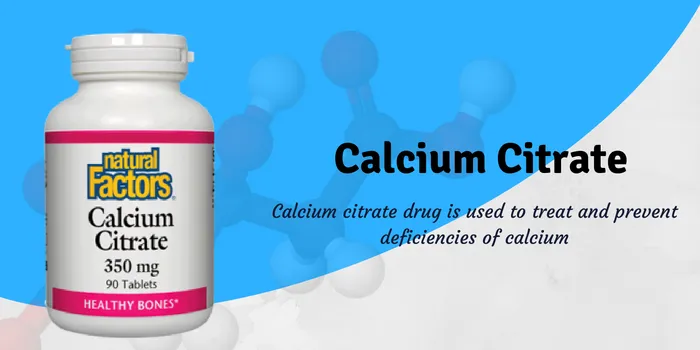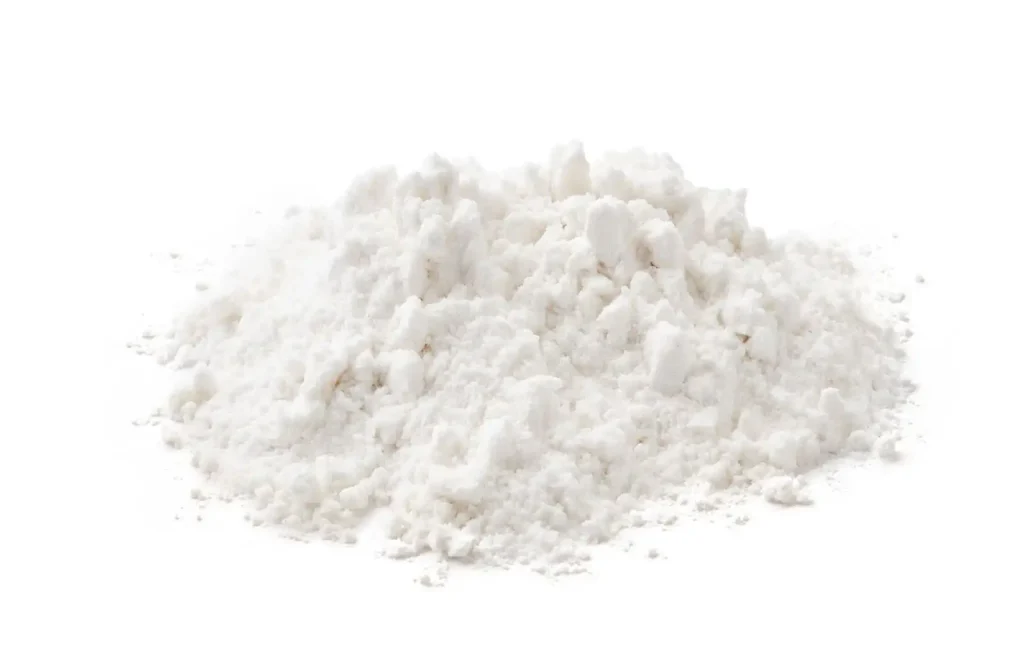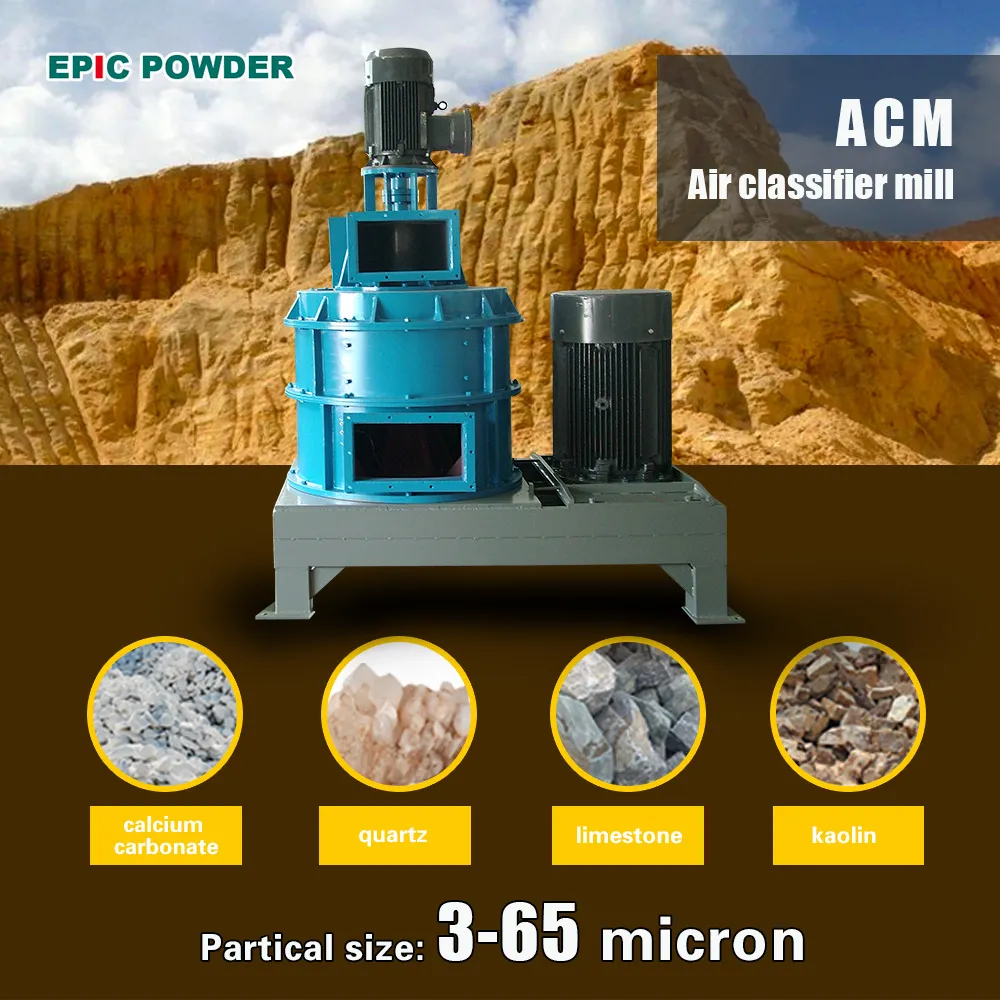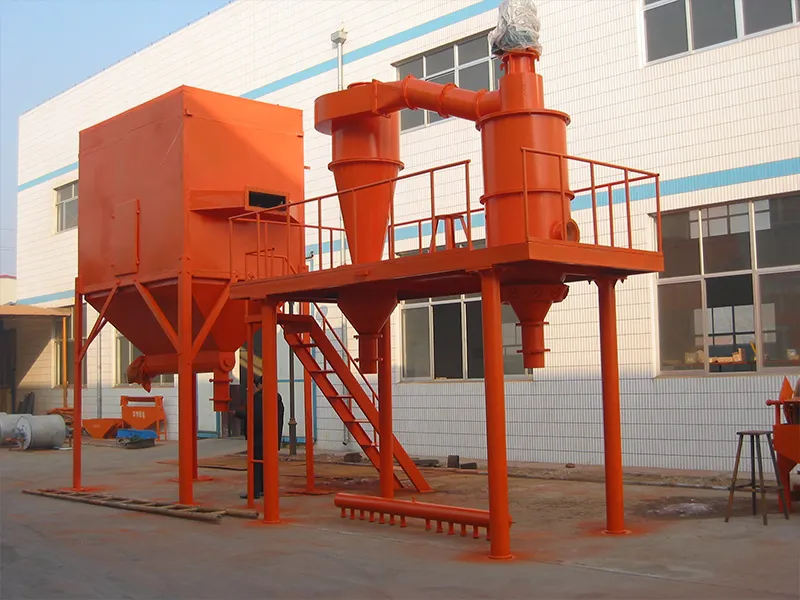Calcium is one of the essential nutrients for human life. Calcium deficiency can lead to a series of health problems, especially in infants, young children, pregnant women, and the elderly. To supplement calcium correctly, we need to have a basic understanding of calcium supplements. Currently, common calcium supplements on the market fall into two main categories: Inorganic Calcium, represented by Calcium Carbonate. Other types include Calcium Phosphate, Calcium Oxide, etc. Organic Calcium, represented by Calcium Citrate. Others like Calcium Gluconate, Calcium Lactate, and Calcium Acetate also belong to this category. Now, let’s explore the differences, advantages, and disadvantages between these two types of calcium.

01 Source of Calcium
Inorganic calcium, represented by calcium carbonate, is typically derived from marine organisms such as shellfish, crabs, and oysters, or from various animal bones.
Advantage: Easily obtainable from a wide range of sources.
Disadvantage: Both marine and terrestrial environments face pollution issues. Heavy metals like lead and aluminum can accumulate in organisms, contaminating the calcium source. Once these heavy metal ions enter the human body, they can re-accumulate in our bones, causing potentially irreversible harm. Common “liquid calcium” supplements are often based on calcium carbonate.
Calcium citrate is a highly absorbable form of calcium extracted from citric acid. Natural citric acid is abundant in plant fruits, making the source of calcium citrate comparatively safer.
02 Digestion and Absorption
Calcium carbonate products generally have a high calcium content. The human absorption rate can reach up to 35%, similar to that of milk. It is the earliest and most widely used type of calcium supplement.
However, a key characteristic of these products is their poor water solubility and low dissolution rate, making them harder to absorb. Their absorption in the body requires a significant amount of stomach acid.
The advantage of calcium citrate is its ability to dissolve in water. Its absorption does not consume stomach acid, making it non-irritating to the gastrointestinal tract and unlikely to cause symptoms like constipation.
03 Suitable User Groups
Calcium Carbonate is suitable for:
Individuals with calcium deficiency.
Osteoporosis patients.
Those with good gastrointestinal function.
It is generally not recommended for individuals with gastrointestinal diseases, pregnant women, lactating women, infants, and young children.
Calcium Citrate, due to its easy absorption and lack of gastrointestinal irritation, is more suitable for:
Lactating mothers. Individuals with atrophic gastritis or other gastrointestinal disorders. Infants, children, adolescents. Pregnant women.
In summary, calcium citrate generally offers better solubility, can aid in the absorption of other nutrients, and poses relatively less irritation to the stomach.

The Challenge: From Coarse Grind to High-Value, Specified Powder
Our client approached us with a common yet costly problem. Their initial grinding process for Lemon Calcium Citrate produced a broad, uncontrolled PSD. The resulting powder exhibited:
- Poor Flowability: Causing issues in automated filling and packaging lines.
- Segregation: Leading to inconsistent dosage in final tablet or capsule forms.
- Slow Dissolution Rate: Impacting the supplement’s efficacy and user experience.
- Inability to meet strict vendor PSD specs, limiting their market opportunities.
Their target was to produce a consistent, high-purity powder with a D50 of 25µm (microns) and a D90 under 45µm, while eliminating any coarse particles above 80µm.
Raw data is the only true measure of a system’s capability. Below, we compare the Particle Size Distribution of the client’s initial product (using conventional milling) with the product from our TCS System, as measured by a laser diffraction particle analyzer.
Particle Size Distribution (PSD) Data:
| Particle Size (µm) | Initial Product (Cumulative % Undersize) | EPIC Processed Product (Cumulative % Undersize) |
|---|---|---|
| D10 | 8.5 µm | 11.2 µm |
| D50 | 38.7 µm | 25.1 µm |
| D90 | 102.4 µm | 43.8 µm |
| > 80 µm | 8.5% | 0.2% |
Interpreting the Data:
- Achieved Target: The data clearly shows we hit the client’s specification bullseye. The D50 of 25.1µm and D90 of 43.8µm are perfectly within the required range.
- Elimination of Coarse Fines: The most dramatic improvement is the near-total removal of oversized particles. The content above 80µm was reduced from 8.5% to a mere 0.2%. This directly translates to no more clogging, no more segregation, and a perfectly smooth final product.
- Narrow, Tight Distribution: The gap between D10, D50, and D90 in the final product indicates a very narrow distribution. This uniformity is the holy grail in powder processing, ensuring every batch behaves identically.
Operational Efficiency Data:
Beyond quality, operational metrics matter:
- Throughput: Achieved a consistent ~180 kg/h on this specific material.
- Energy Consumption: The efficient design resulted in a specific energy consumption of ~25% lower than the client’s previous two-stage milling setup.
- Temperature Control: Product outlet temperature remained below 40°C (104°F), preserving the chemical integrity of the Lemon Calcium Citrate.

Why Precision Classification is Non-Negotiable
This case study on Lemon Calcium Citrate is a microcosm of a larger trend across the nutraceutical, pharmaceutical, and fine chemical industries. The shift from “grinding” to “precision particle engineering” is accelerating. Here’s what we see from our vantage point as equipment suppliers:
- Quality as a Market Differentiator: Brands can no longer compete on price alone. A superior, consistent powder quality is a powerful USP (Unique Selling Proposition) when dealing with large, specification-drivenh buyers.
- The Rise of Formulation-Specific Powders: The one-size-fits-all approach is obsolete. Whether it’s for direct compression into tablets, blending into effervescent drinks, or filling into capsules, the optimal PSD is different. Precision classification systems like ours provide the flexibility to pivot between these specifications with ease.
- Efficiency = Sustainability & Profitability: Reducing energy consumption and minimizing waste (by eliminating off-spec batches) are no longer just cost-saving measures. They are central to corporate sustainability goals and building a resilient, profitable operation.
Epic Powder
At EPIC Powder Machinery, we offer a complete after-sales service system, covering everything from equipment installation and commissioning to operation training, maintenance, and support. Choose Epic Powder for efficient, energy-saving, and environmentally friendly powder processing solutions! Contact us to have a tailored made solution.

